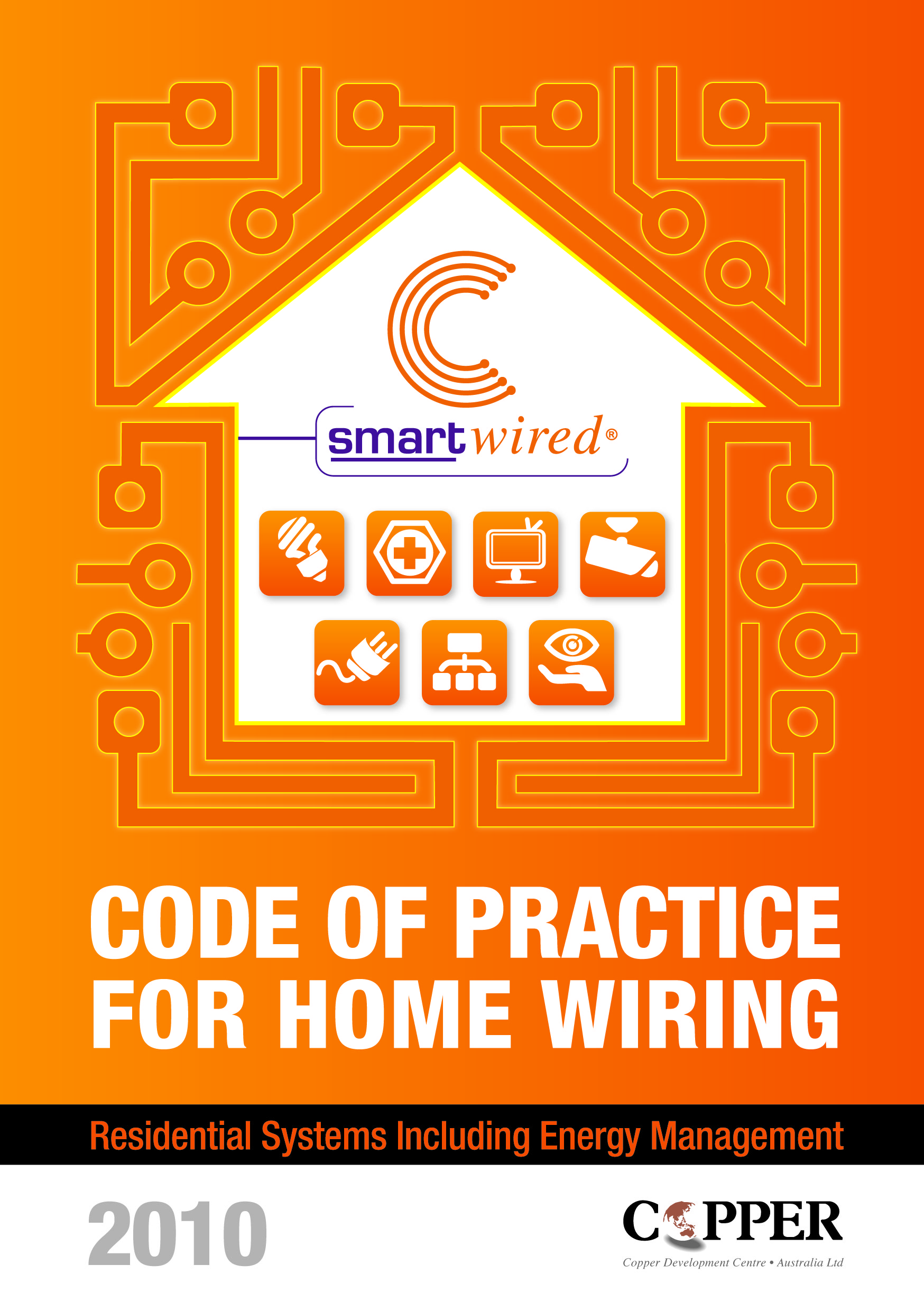Smart Home Code of Practice

It replaces the broader and less formal Smart Wiring format that has been in place for a number of years and has been developed in partnership with a much wider range of industry interests, including Telstra, Clipsal, HPM, Hills and Milcom.
It has now been accepted by the Communication Alliance, a group that brings together all the players in the telco sector, the service providers, installers and NBN Co.
The SWC hopes that the new Smart Wiring Code could ultimately form the basis for formal recognition in the Building Code of Australia, and that it would ultimately be mandated by State and Local Governments across Australia.
ADVERTISEMENT
-
ADVERTISEMENT
-
ADVERTISEMENT
-
ADVERTISEMENT
-
ADVERTISEMENT



